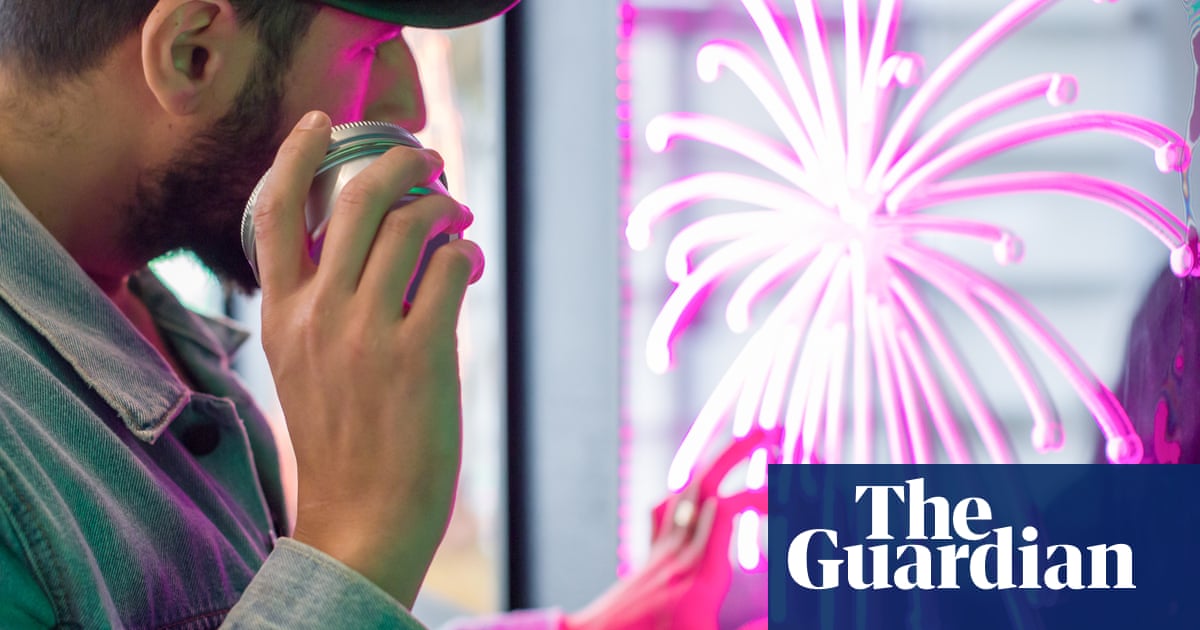Tactile artwork should be commonplace in UK galleries to make sure art is accessible to blind people, while more needs to be done to counter “ocularcentric bias”, according to the creative team behind a significant new exhibition.
In November, the Henry Moore Institute in Leeds will host Beyond the Visual, the first sculpture exhibition curated by and created with the input of blind and partially sighted artists.
Featuring a mix of new and older works, the curators in charge of the show hope it can encourage leaders in the world of visual arts to make their galleries and spaces accessible to blind visitors and artists by ensuring suitable works can be touched.
“One of our aims of the project is it brings about institutional change,” said Beyond the Visual co-curator Prof Ken Wilder. “We want to challenge that ocularcentric bias that’s just really embedded within the art world, which means for most sculpture exhibitions, you can’t touch the works.”
The exhibition is the culmination of a three-year research programme, which has already resulted in changes at the Henry Moore Institute.
“We ask now for tactile objects,” says Dr Clare O’Dowd, research curator at the institute. “If we are working with a living artist, we’ll ask them for objects or materials that we can use on ‘touch tours’ … maybe a maquette or some material that the artists use, so that you can get more of a sense of the object itself.”
Dr Aaron McPeake, a blind artist who co-curated the show and an associate lecturer at Chelsea College of Arts, said changes made by institutions to make them more accessible usually benefited everyone and were known as “blindness gains”.
He said: “You get announcements on buses and trains signalling what the next station is. That was primarily instigated for blind people, but now everyone uses it so they can read their book and still know when the stops coming up. Those kind of accessible instruments are used by everyone, and they benefit everyone.”
Lenka Clayton’s work Sculpture for the Blind, by the Blind 2017, is featured in the show. “She worked with 17 blind artists to make variations of Constantin Brâncuși’s Sculpture for the Blind, which ironically, is behind glass in the Philadelphia Museum of Art and can’t be touched,” said Wilder.
Other work includes Emilie Louise Gossiaux’s Doggirl 2025, “an anthropomorphised ceramic sculpture” based on the artist’s guide dog; Jennifer Justice’s “highly tactile hanging installation” Bucket of Rain 2017; and Collin van Uchelen’s Project Fire Flower, which features a series of illuminated tactile panels.
There have been other landmark exhibitions that tackled the subject of blindness or tried to engage blind audiences: the Tate’s Sculpture for the Blind in 1981 and the 1987 exhibition Revelation for the Hands at Leeds City Art Gallery, where visitors were invited to touch the 20 works on show.
More recently, In Plain Sight at the Wellcome Collection and Layers of Vision at King’s College London also explored arts relationship with vision.
In the early 20th century there was the advent of “touch” exhibitions where blind people could interact with items, at institutions, including Newcastle Upon Tyne’s school for the blind.
Those exhibitions were educational and also therapeutic. McPeake said those tags had remained attached to blind art. “Often artwork for the blind, or by the blind, is considered as a therapeutic thing. But in fact, there’s a lot more going on there,” he said.
Henry Moore’s work featured in Revelation for the Hands at Leeds City Art Gallery, and his work Mother and Child: Arch 1959 is also in Beyond the Visual.
O’Dowd said that for Moore, tactility was a key part of his practice. “He always championed touch as a really critically important way of engaging, not just with sculptures in their final form, but engaging with the objects that he’s using to inspire him,” she said.
“Everything that was in these workshops: wood, bits of stone, fossils, or bones, all kinds of things, the tactile aspect of those was really critical to his work.”
